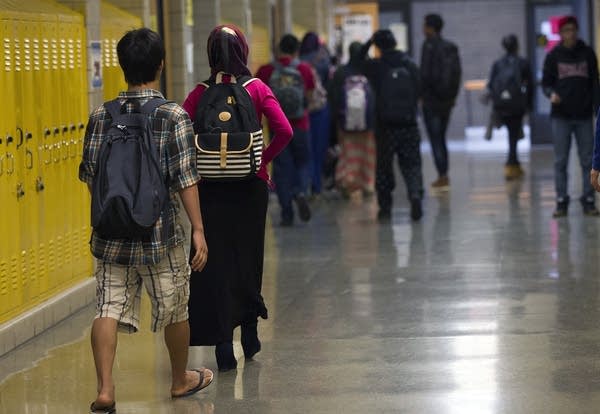Student mental health needs, ‘unsustainable’ jobs overwhelm Minnesota school principals

A newly released University of Minnesota report on Minnesota K-12 school principals found school leaders struggling to deal with student mental health.
Judy Griesedieck for MPR News
Go Deeper.
Create an account or log in to save stories.
Like this?
Thanks for liking this story! We have added it to a list of your favorite stories.


